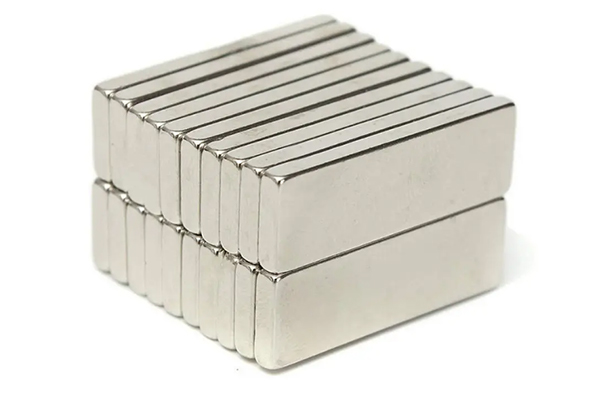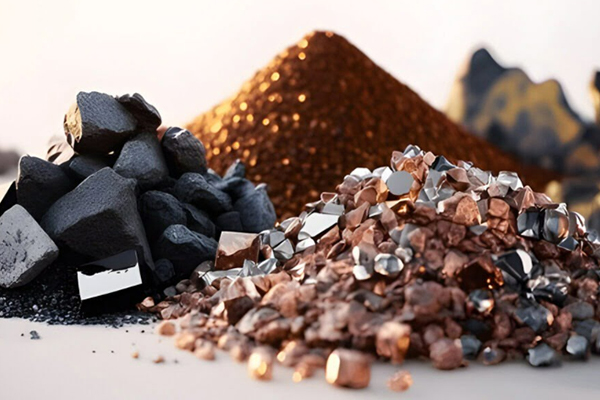Cleaning And Contamination Prevention For Laboratory Crucibles
Description
Crucibles are essential instruments in laboratories, frequently used for chemical reactions, heating substances to high temperatures and gravimetric analyses. Accurate experimental results depend largely on the proper cleaning and prevention of contaminants in the crucibles. Residues or impurities can influence experimental outcomes, thereby causing significant deviations and unreliable data. Consequently, it is important to use effective cleaning techniques and procedures that maintain the integrity of the crucibles.
Types of Cleaning
Proper cleaning commences with selecting the appropriate method, which is determined by the crucible material and the type of contaminants present. Laboratory crucibles are typically made of porcelain, silicon dioxide, alumina, platinum or graphite. Each material requires specific cleaning procedures to avoid damage or additional contamination.
For crucibles made of porcelain and silicon dioxide, most residues are removed by mechanical cleaning such as gentle brushing or wiping with a soft cloth. However, persistent contaminants require soaking the crucibles in diluted acids (e.g. hydrochloric acid or nitric acid) followed by thorough rinsing with distilled water. Heating the crucibles at high temperatures after washing further removes organic residues.
Aluminium oxide crucibles, known for their high temperature resistance and chemical inertness, must be handled with care to prevent damage. It is recommended to use a chemical cleaning process with diluted hydrochloric or nitric acid, followed by extensive rinsing and drying through heating. Abrasive cleaning agents that might scratch or weaken the surface must be avoided.
Platinum crucibles are inert to many chemicals but can be sensitive to metallic contaminants. These crucibles are typically cleaned by boiling in diluted hydrochloric acid or a mixture of nitric and hydrochloric acids (aqua regia). After acid treatment, thorough rinsing with purified water and drying by heating ensures cleanliness and prevents cross-contamination.
Graphite crucibles require special attention due to their porous nature. The removal of metallic residues is usually achieved through a thermal oxidation process at high temperatures in a regulated oxygen atmosphere, whereby contaminants are converted into volatile oxides. Following oxidation, rinsing and drying procedures are carried out to eliminate any remaining impurities.
In addition to cleaning, proper storage practices are vital to avoid contamination in laboratories. Crucibles must be stored in clean, dry environments to prevent dust and airborne particles. Regular checks of storage conditions and scheduled cleaning routines help to preserve the purity and integrity of the crucibles.
Summary Table
|
Material of Crucible |
Recommended Cleaning Methods |
Precautionary Measures and Notes |
|
Porcelain/Silicon Dioxide |
Brushing, diluted acids, rinsing with distilled water, heating |
Avoid abrasive cleaning agents |
|
Alumina |
Washing with diluted acid, rinsing with distilled water, drying by heating |
Handle carefully to prevent surface damage |
|
Platinum |
Boiling in diluted HCl or aqua regia, rinsing with purified water, drying |
Avoid contact with metallic contaminants |
|
Graphite |
Thermal oxidation, thorough rinsing and drying |
Requires a controlled oxygen atmosphere |
Further information can be found at Stanford Advanced Materials (SAM).
Frequently Asked Questions
What is the primary purpose of cleaning laboratory crucibles?
Cleaning crucibles ensures accurate experimental results by removing residues and preventing contamination from previous experiments.
Can standard laboratory cleaning agents be used to clean crucibles?
Standard cleaning agents may leave residues; therefore, one should use the recommended chemical or thermal methods appropriate for the crucible material.
How frequently should laboratory crucibles be cleaned?
Crucibles must be cleaned immediately after each experiment or if contamination is suspected, thereby maintaining accuracy and extending their service life.
Is it safe to heat crucibles immediately after washing?
Yes, heating crucibles after washing ensures complete drying and removal of organic contaminants, thereby preventing further contamination.
What should be avoided when cleaning platinum crucibles?
Abrasive cleaning methods and contact with metals or contaminants that react with platinum must be avoided, as these may cause contamination or damage to the crucible.

 Bars
Bars
 Beads & Spheres
Beads & Spheres
 Bolts & Nuts
Bolts & Nuts
 Crucibles
Crucibles
 Discs
Discs
 Fibers & Fabrics
Fibers & Fabrics
 Films
Films
 Flake
Flake
 Foams
Foams
 Foil
Foil
 Granules
Granules
 Honeycombs
Honeycombs
 Ink
Ink
 Laminate
Laminate
 Lumps
Lumps
 Meshes
Meshes
 Metallised Film
Metallised Film
 Plate
Plate
 Powders
Powders
 Rod
Rod
 Sheets
Sheets
 Single Crystals
Single Crystals
 Sputtering Target
Sputtering Target
 Tubes
Tubes
 Washer
Washer
 Wires
Wires
 Converters & Calculators
Converters & Calculators
 Write for Us
Write for Us





 Chin Trento
Chin Trento



